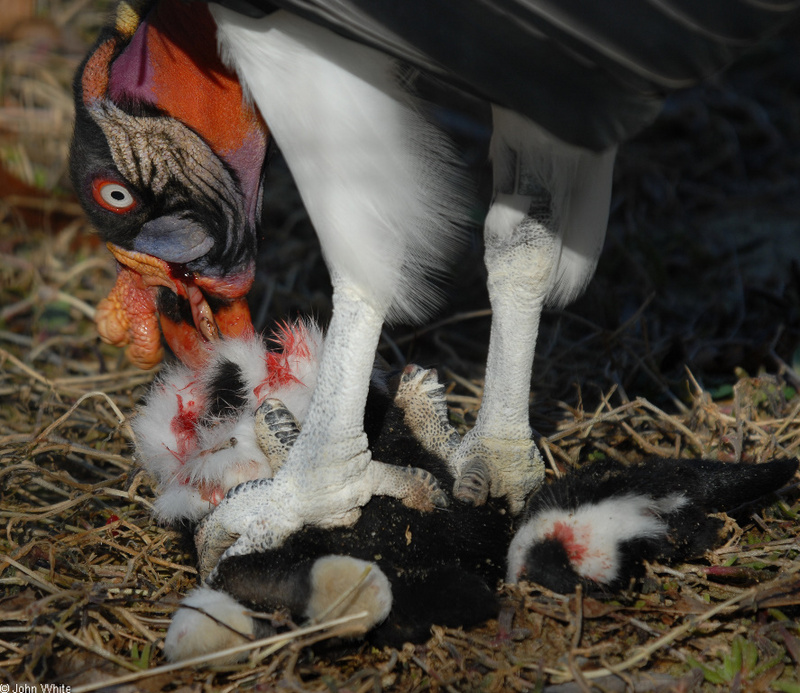|
| Query: Fossil | Result: 1021st of 1405 | |
Birds - King Vulture (Sarcoramphus papa)06
| Subject: | Birds - King Vulture (Sarcoramphus papa)06
| | Poster: | John White (john.white161@verizon.net)
| |

| Resolution: 887x768
File Size: 306649 Bytes
Upload Date: 2008:02:11 11:43:53
|
|
|